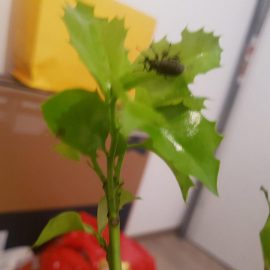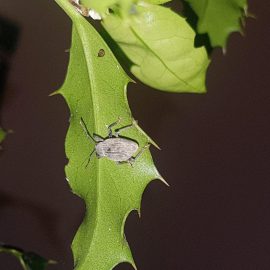Grey corn weevil (Tanymecus dilaticollis) – pest management
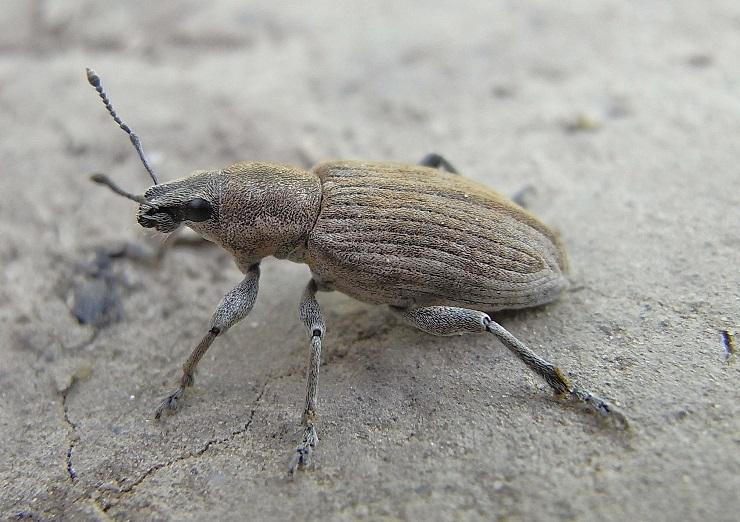
The grey corn weevil, Tanymecus dilaticollis, is widespread in the areas of Europe and Western Asia where corn is commonly cultivated. It was mentioned as a pest in countries such as Iran, Russia, Greece, Bulgaria. It is frequently found in the steppe and forest-steppe areas.
Description. The adult has a gray-brown body, lighter-colored ventrally, and is 6.5-8 mm long. The adult has an elongated, oval shape, characterized by the presence of a beak called the rostrum, which is longer than the body. The egg is 0.5-1 mm long, cylindrical, rounded at the ends, white-yellow in the beginning. Later, it darkens and turns brown. The larva doesn’t have any legs, and at maturity, it reaches 8-9 mm, is bright white, and has yellow pubescence. The pupa is white, 5-9 mm long.
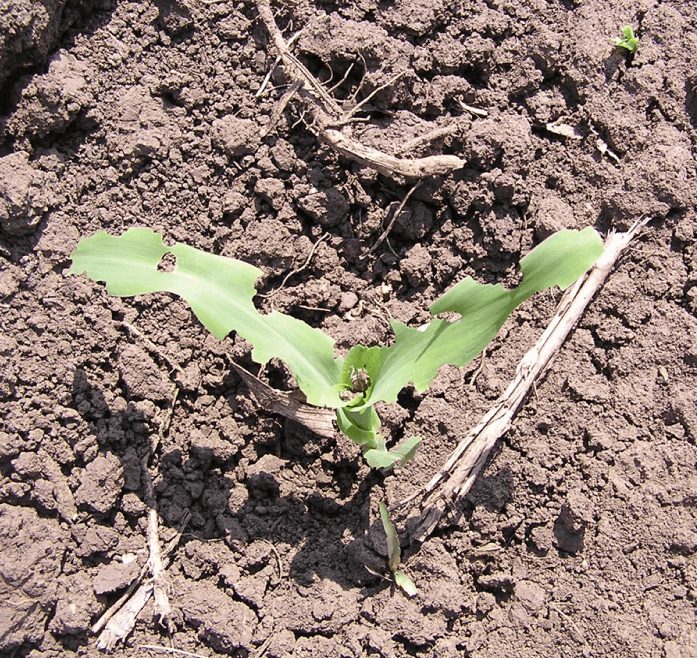
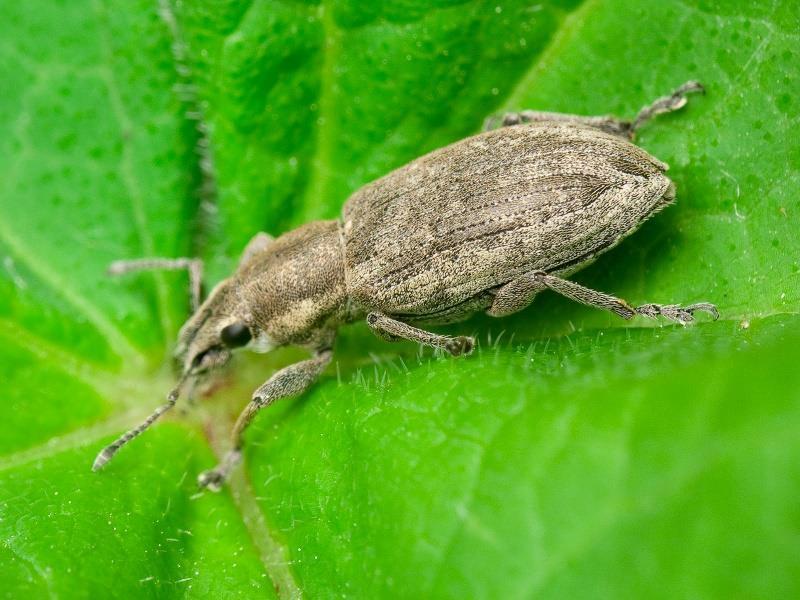
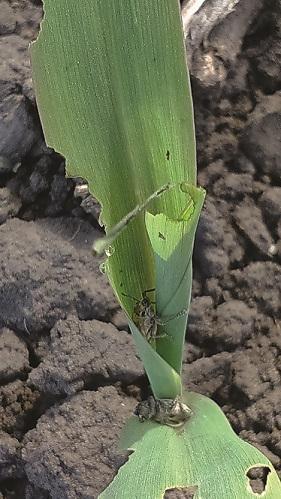
Life cycle. The grey corn weevil is a univoltine species (it produces one generation per year) that overwinters in the adult stage in the soil, in the nymph “chambers”, at a depth of 40-60 cm. When the soil reaches a temperature of 4º C (in February), the insects leave the overwintering places moving to the superficial layer of the soil where they expect the appearance of favorable conditions (temperatures of 9º C), which usually occur at the end of March beginning of April, when they come to the surface.
After they emerge, until the sprouting of the corn, the adults feed on straw cereals or various spontaneous plants, especially the creeping thistle. With the sprouting of the corn, the pest infests this culture, where intense feeding, copulation, and laying of eggs take place.
The pest is particularly active in sunny and hot periods when the soil temperature exceeds 18° C and remains active until June (about 80 days). Most eggs are laid in the corn crop, alone or groups of up to 10 eggs, at shallow depths in the ground or under lumps of earth. A female can lay up to 100 eggs. After hatching (1-4 weeks after laying the eggs), the larva feeds on the corn roots, gradually descending into the soil, at the same time with the development of the root system of the plant, to a depth of 40-60 cm.
Crop damage. It is considered the most important pest of corn. However, it also feeds on other cultivated plants, causing considerable damage (sunflower, sugar beet, sorghum, soybeans, alfalfa, wheat, or barley). When the plants are in an initial phase, having only 2-3 leaves, the adult cuts the plants from the area between the roots and the stem, causing the mass destruction of the crop, which requires reseeding the crops. Also due to the attack at the base of the plant, the leaves caught in the early stages, show later circular perforations, arranged transversely on the limb. Plants attacked during sprouting, up to the phase of 2-3 leaves, can be gnawed along the area between the roots and the stem. Corn plants past the 4-5 leaf stage are no longer a source of food for pests that pass on other spontaneous plants. The only plant of spontaneous flora that satisfies the requirements of this species is the creeping thistle.
Pest management. The most effective and safest method of pest control is seed treatment. During the growing season, treatments with specific insecticides are recommended.
Recommended products
-
You can find products on a different store
Change Store -
You can find products on a different store
Change Store -
You can find products on a different store
Change Store -
You can find products on a different store
Change Store -
You can find products on a different store
Change Store -
You can find products on a different store
Change Store -
You can find products on a different store
Change Store -
You can find products on a different store
Change Store -
You can find products on a different store
Change Store -
You can find products on a different store
Change Store -
You can find products on a different store
Change Store -
You can find products on a different store
Change Store -
You can find products on a different store
Change Store -
You can find products on a different store
Change Store -
You can find products on a different store
Change Store -
You can find products on a different store
Change Store -
You can find products on a different store
Change Store -
You can find products on a different store
Change Store -
You can find products on a different store
Change Store -
You can find products on a different store
Change Store -
You can find products on a different store
Change Store -
You can find products on a different store
Change Store -
You can find products on a different store
Change Store -
You can find products on a different store
Change Store















































































































































































































































































































































































































































